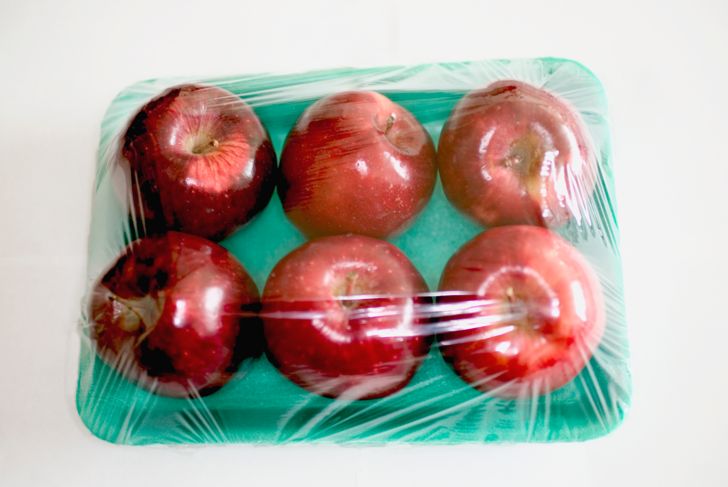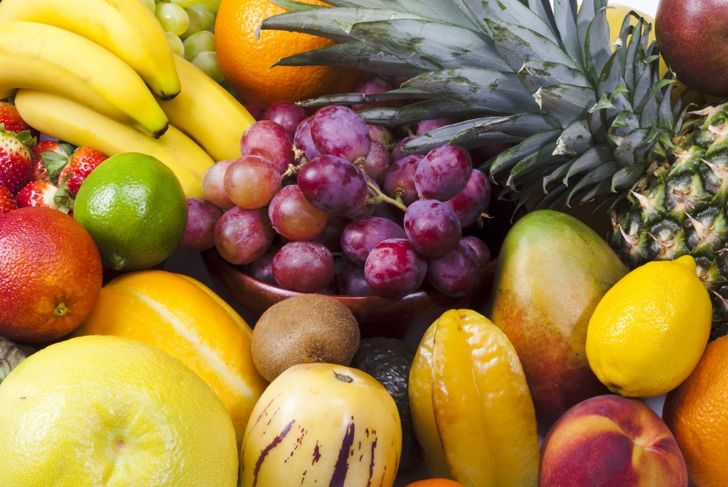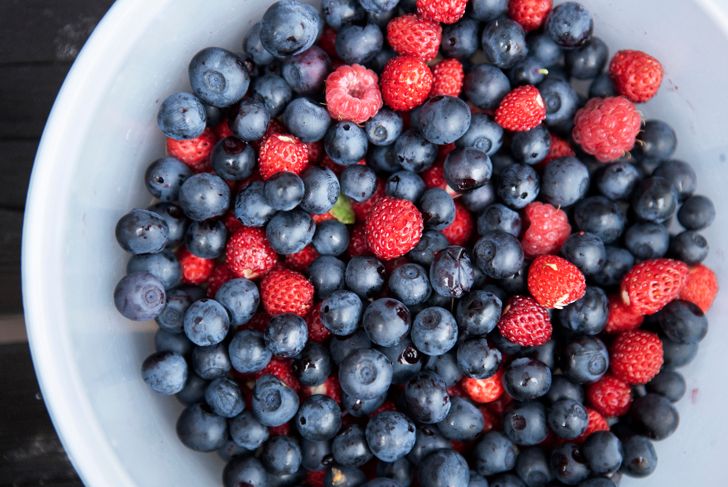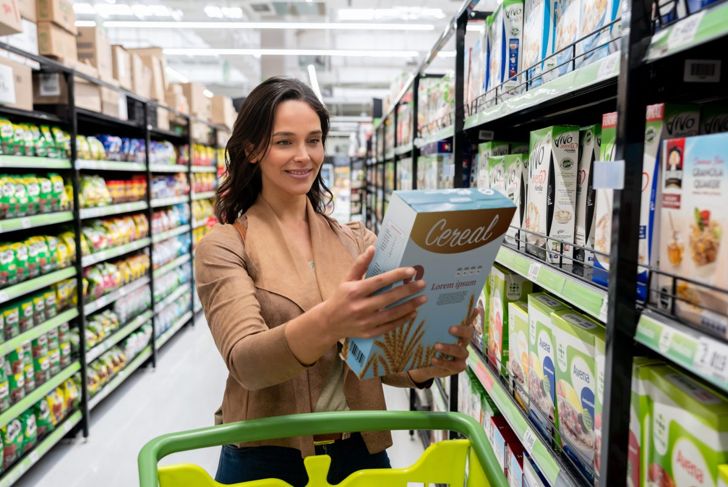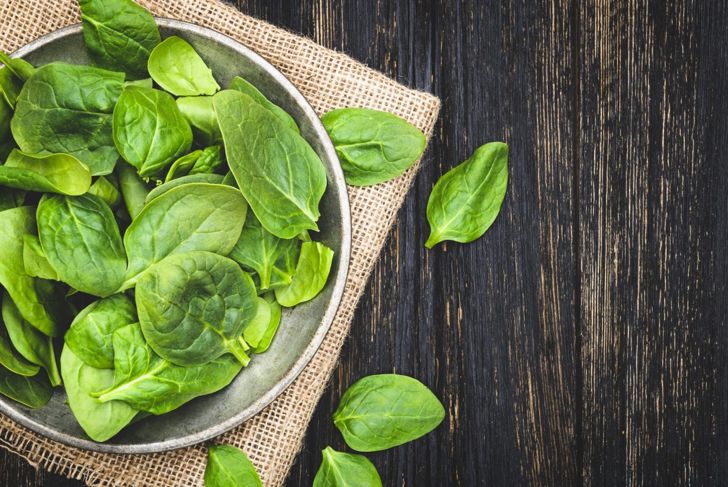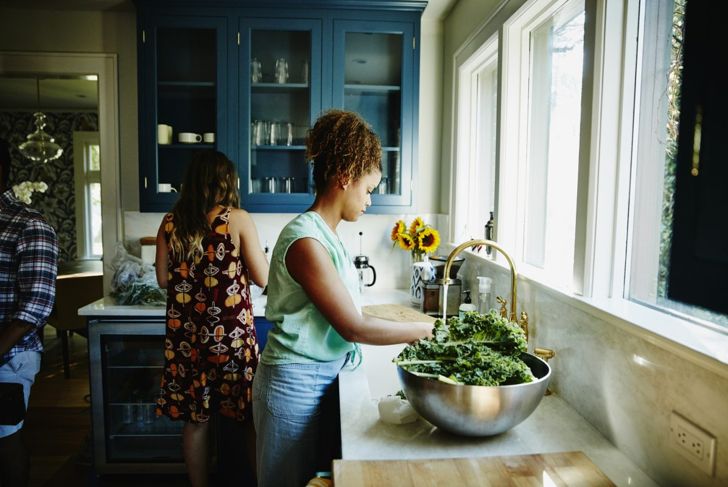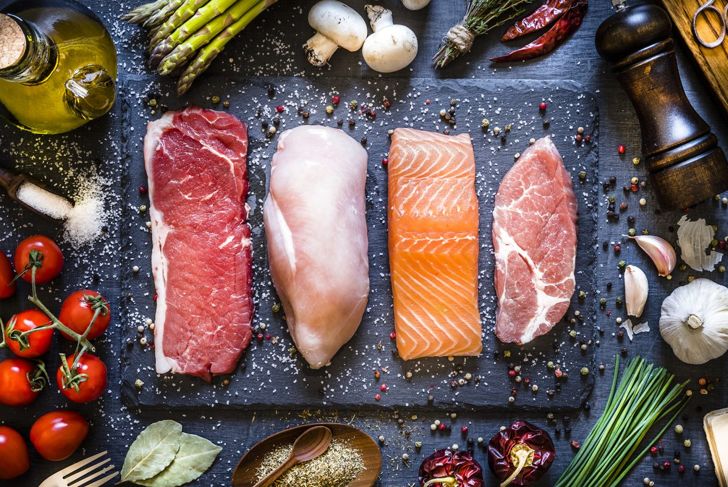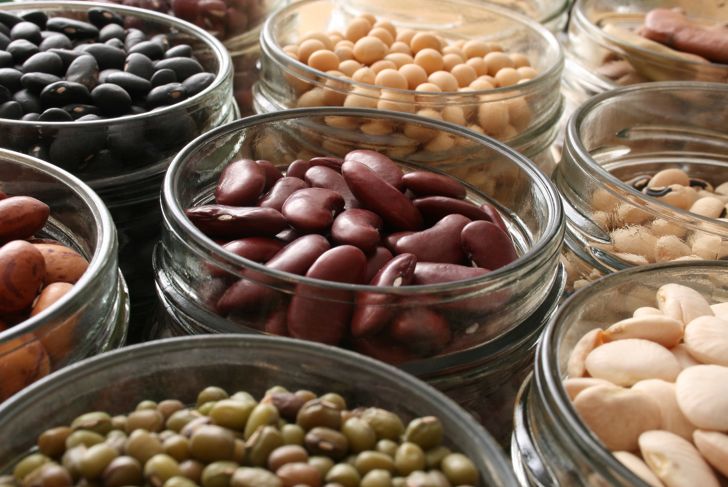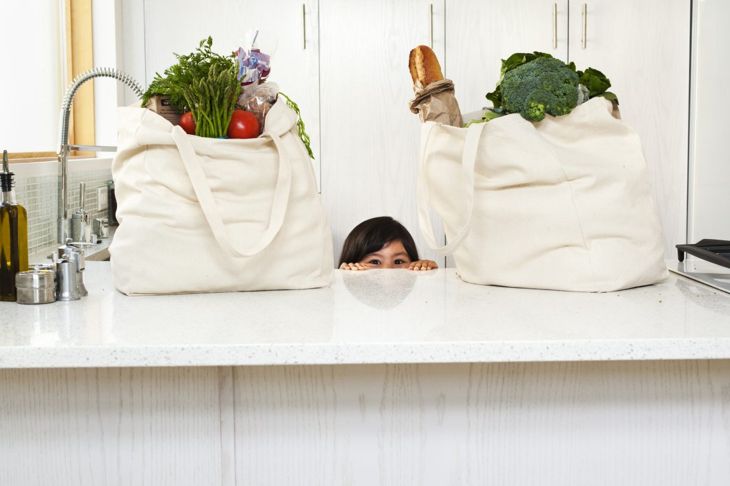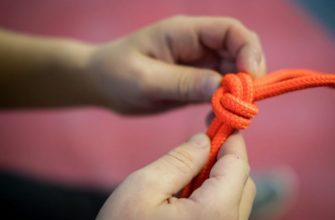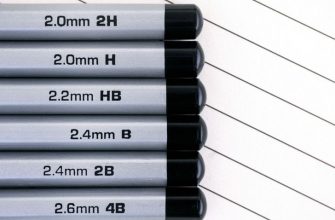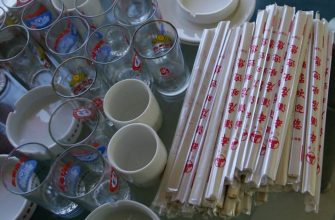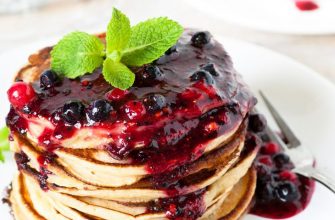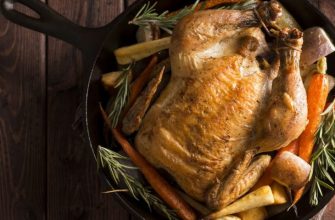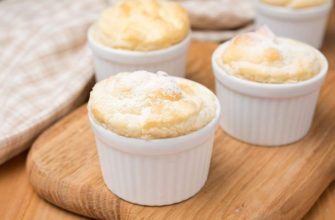The odds of getting sick from handling groceries is much lower than the odds of eating them and developing food poisoning. Nonetheless, following a kitchen hygiene protocol when you un-bag your grocery haul at home will make you feel safer. From wiping down packages to washing fruits and vegetables, there are a number of steps you can take to protect your food supply. Just be sure not to overdo it with toxic cleaners. The goal is to remove contaminants without compromising the healthy goodness of your groceries.
Plastic wrapped food
Already protected from the environment, plastic-wrapped foods only need a quick wipe down with a disinfectant, or better yet, soapy water. Let them dry and store as you normally would. Or, remove the plastic and dispose of it, transferring the food within to clean storage containers for refrigeration or freezing.
Fruits with rinds
Oranges, melons, bananas all come with a ready-made wrapper that keeps the interior flesh safe from pathogens and dirt. Nonetheless, they should be scrubbed with a soft brush and soapy water, even if you are planning to peel them. Store in the fridge or a fruit bowl, and do the cleaning for a second time when you’re ready to prepare or use the fruit.
Berries
Typically, berries are washed just prior to eating, otherwise, they become mushy. However, if you don’t want to leave them out in your kitchen, remove the berries from their containers, and store, loosely covered with a paper towel in single layers in the refrigerator. For washing before eating, rinse them in a 3:1 mixture of water and distilled white vinegar. They need to be handled gently, so use a colander to submerge the berries in the water/vinegar bath.
Cardboard packaged foods
Many food products come in quite unnecessary cardboard outer packaging. For those being vigilant about bringing contaminants into the kitchen, these boxes and wrappers can be discarded, the contents stored in their inner packaging, or transferred into your own glass containers. Bear in mind though that most nutritional information is printed on these outer containers; clip and keep the info you might need in a drawer separate from the food.
Salad greens
Most people wash their greens as a matter of course. Whether they are purchased loose or in plastic containers, spinach, lettuce, kale and the like should only be rinsed in cool water prior to eating. Make sure your kitchen sink is clean, fill it with water and submerge the leaves, agitating with a gloved hand. Washed greens can be stored in the fridge, though not for more than a day or two, between pieces of moistened paper towel in an airtight container.
What not to use
You want to keep toxic substances away from food and preparation surfaces. So bleach and cleaning products that contain bleach are a no-no in the kitchen. If you’re worried about contamination or germs, the most you should use on the food you plan to eat is a 3 parts water to 1 part vinegar solution. Some health food stores stock commercial products for cleaning fruits and vegetables. Be sure to read the label, but these should also be safe to use according to the instructions.
A word about meat
Meat has been a vector for viral diseases in the past. So many home cooks take extra care with the raw meat, poultry and fish they bring back from the grocer. The first rule is this: if you aren’t going to cook and eat the item within 24 hours, put it in the freezer. Most meat, chicken and fish freezes exceptionally well, and then it’s right there when you’re ready to thaw and prepare it. At that point some people rinse their meat in water, which may not strictly be necessary, but can’t hurt either.
Bulk foods and dry goods
As long as you handle them carefully, unpackaged bulk and dry foods should be safe to use. Try not to touch the pasta, flour, nuts or what have you with your bare hands. Make sure you store them in containers that you know are clean. And, because it bears repeating, wash your hands before grocery shopping, use hand sanitizer at the grocery, and wash your hands before handling your groceries at home.
Clean surfaces
Although it may be tempting for germophobes, don’t use dish soap, household cleaners, bleach or alcohol-based sanitizers anywhere near food and prep surfaces. They can linger on food and are toxic if ingested. Use a wooden cutting board for veggies – untreated wood is naturally antiseptic. Vinegar or a bit of oil of oregano diluted with water can make a non-toxic cleaner during food prep. Use harsher commercial cleaners only when you’re not actively cooking or handling food, and rinse with water.
What to do about bags
Anyone concerned about the environment is probably already using their own bags to shop. That’s safer than picking up plastic or paper bags from the grocery store, but only if you keep them clean. Launder your cloth bags regularly in hot water to ensure they remain germ-free. And if you use cloth bags that are coated with plastic, you can wipe them down with a disinfectant wipe or wet, soapy cloth when you get home from the grocery store.

 Home
Home Health
Health Diet & Nutrition
Diet & Nutrition Living Well
Living Well More
More